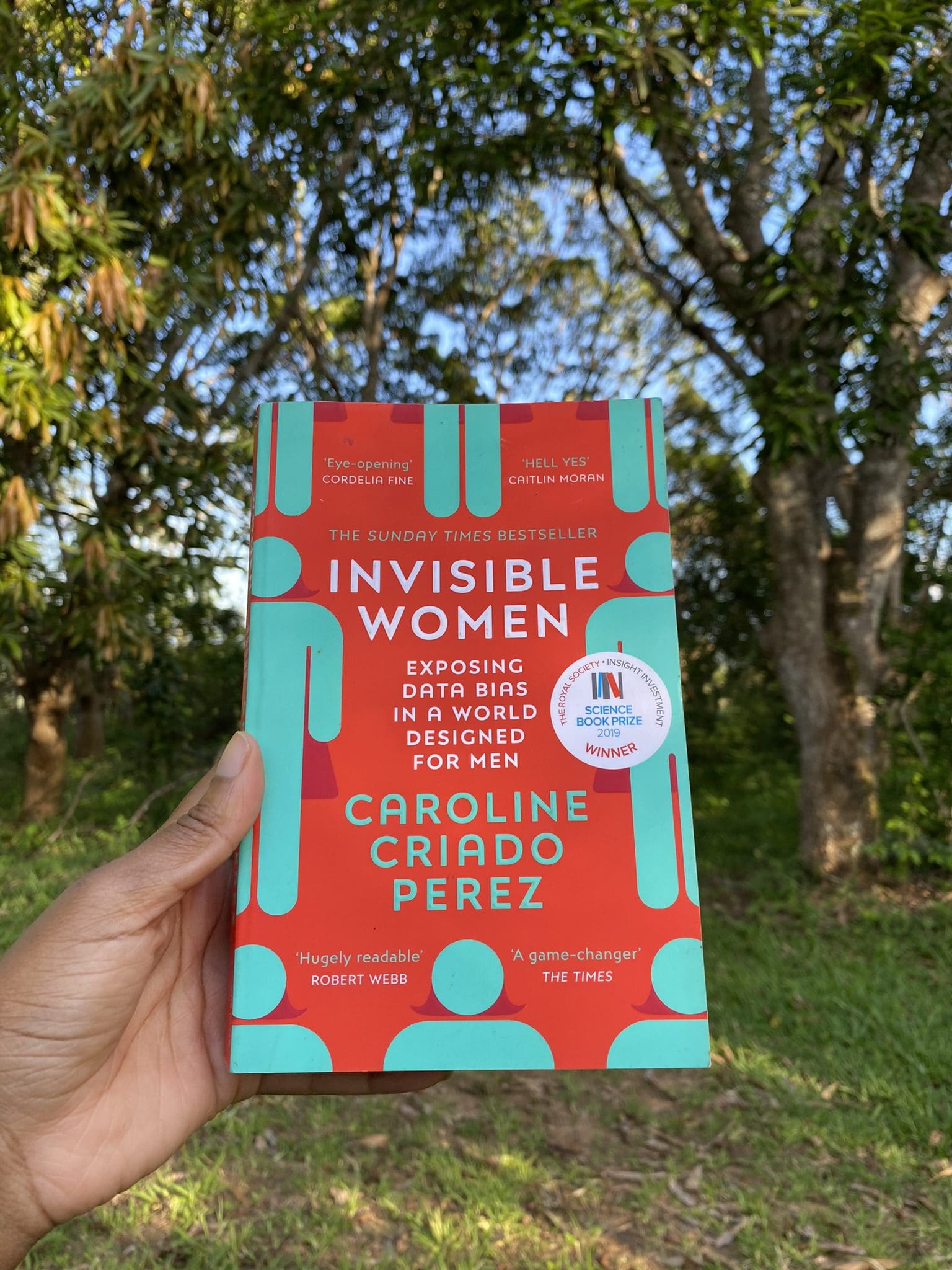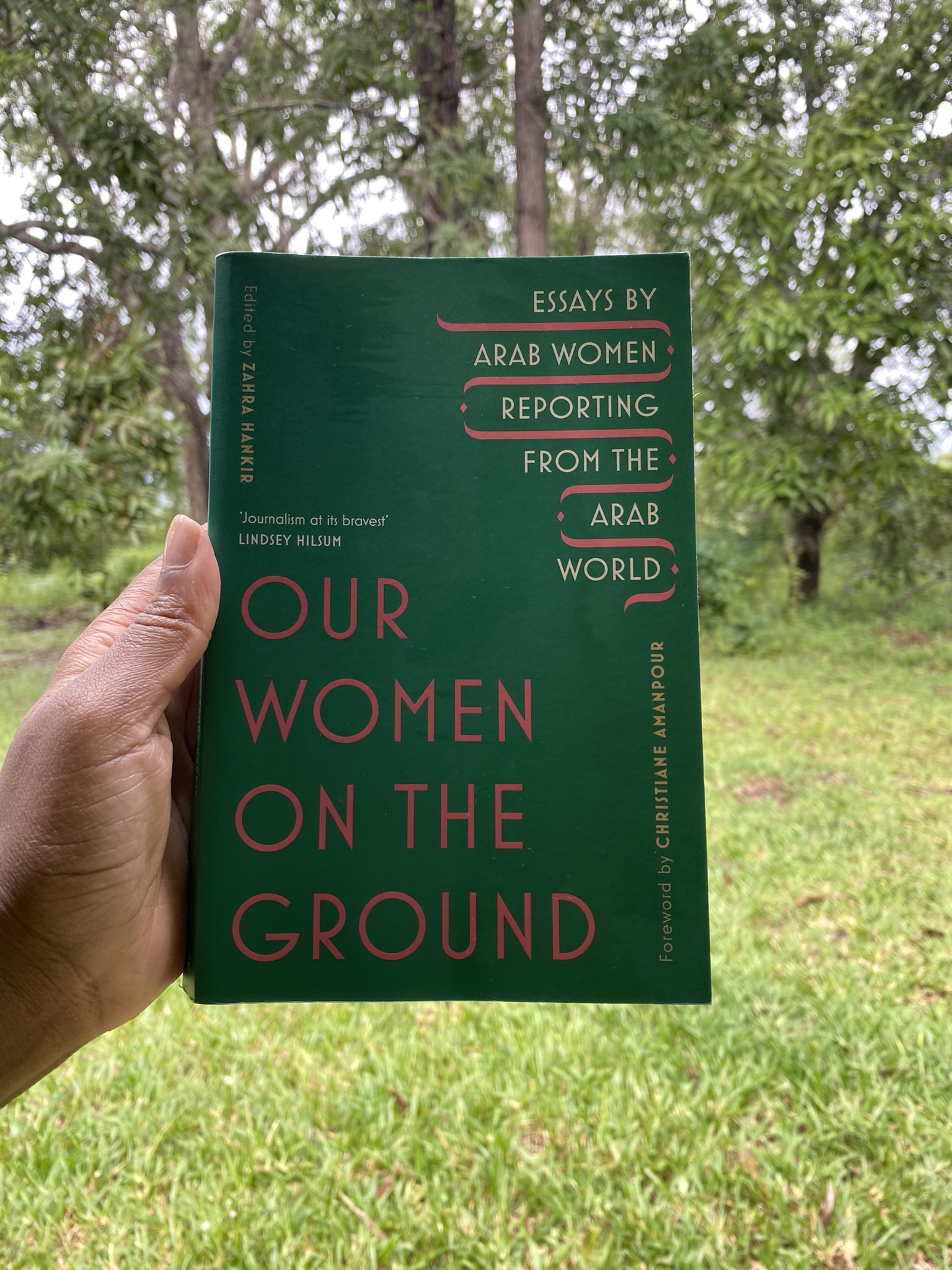
Invisible Women: Data Bias in a World Designed for Men by Caroline Criado Pérez
Disclosure: This website uses affiliate links, which may earn a commission at no additional cost to you. As an Amazon Associate, I earn from qualifying purchases.
About the Book
Title: Invisible Women: Data Bias in a World Designed for Men
Author: Caroline Criado Perez
Genre: Nonfiction, Feminism, Gender, Business, Womens, Gender, Social Justice
Publisher: Harry N. Abrams
Publication Date: March, 2021
Pages: 448, Paperback
In Invisible Women, Caroline Criado Pérez delves into how data, when it comes to women, is lacking in all aspects of our lives, from the workplace to household chores to design and healthcare and the mundane daily life issues we rarely think about.
And when I say rarely think about it, sometimes it’s just out of sheer ignorance. Personally, I am beginning to think of it as part of me, as a woman that has long gotten used to how the systems work and accepted the fate or made adjustments that make my life a little bit more bearable.
What about the rest of the population? I think it’s simply because many have experienced these issues for as long as they can remember, don’t see hope for change any time soon, and have, therefore, adjusted to living with how the world is designed. To be a man’s world. Or, because, as men, there’s the ‘default male’ thinking that everything designed and built for ‘humans’, usually standing for men, works for women and doesn’t leave room for imagination. Or simply because we do not share the same experiences, so they’d not be in a position to know what we really go through.
Get Your Copy of Invisible Women: Exposing Data Bias in a World Designed for Men by Caroline Criado Perez

Why Invisible Women Is a Must-Read For Everyone
The author has divided Invisible Women into 6 sections, each showing how the lack of enough data has and continues to affect women’s lives.
What I love about Invisible Women is the wide selection of data the author uses to back up how we really are invisible in each of these sections. Sadly, I could relate to most, if not all, of these instances. And I am willing to bet that 99.99% of the women population can, too.
Think of issues like large smartphones that rarely fit in the hands of women. Longer queues in the public washrooms because, unlike men, we don’t have the option of a urinal and a standard toilet, so we all line up for just the one or two toilets available. Or public transport systems that are not designed for the safety of women, where many of us have received so much more harassment than we’d care to count. Apartments with endless flights of stairs where women suffer more due to endless runnings with children and carrying loads of shopping.
Think of cooking with firewood, which emits fine particulate matter that leads to heart and respiratory illnesses. Tax systems that disadvantage women because of the gender pay gap and the burden of buying consumption goods, leaving one paying more or spending more time in unpaid labour to grow what to consume at home just to save money. Think of safety equipment that’s usually built for the average man, which doesn’t even protect the average woman at all. Or safety standards in automobiles that don’t factor in women’s body size, increasing the mortality rate of women in accidents.
Did you know that, even in this day and era, motor companies do not test their vehicles for safety standards with female dummies? Whether they are testing for the safety of the driver or passenger.
And the list goes on and on and on…
One of the sections, Going to the Doctor, talks of what we have all known for a long time now—that healthcare systems, including medications and simple consultations, have been designed around men as a standard measure of humankind. This doesn’t work for women, and it has not worked for women all the while. We are either not listened to by doctors, our symptoms brushed off, and we are sent away with painkillers and a whole collection of medication that doesn’t work.
It all boils down to the fact that there is no data about the female body. That’s a lack of data on how the difference in our bodies affects how much nutrients we need and how female bodies respond to illnesses differently from men. Or how we react differently to medications because women were not included during clinical trials. How our pain is ignored, but there is basically a medical study, drugs on trial and others on the shelves for just about any problem men have.
For instance, the first time period pain really had me wishing for the worst, with my back, feet and toes feeling like walking on a thousand needles; my mother took me to one of the clinics in Meru Town. I barely remember much of that experience, like the name of the clinic or the doctor. One thing I do remember, though, is that the practitioner was a male doctor. And his solution to my predicament—getting pregnant.
To say I was shocked is an understatement. I was barely 18 years old! But my mother wasn’t. Because this was the same solution that had been passed to them over the years. And while she believed in me getting my education first, it’s a solution she keeps giving me now that I am in my 30s and still suffering. In fact, she isn’t alone. It’s the solution I have heard from many women back home whenever my mother points it out.
And they aren’t the only ones. Over a decade later, I still suffer to the point of being wheeled a few times into an emergency room for fast-acting painkiller injections. And whenever I visit practitioners and scans end up with nothing, I am always prescribed hormonal balancing medication, painkillers that only work for a few months, and a stern warning that I am growing old and the only solution, really, is to get pregnant.
Get Your Copy of Invisible Women: Exposing Data Bias in a World Designed for Men by Caroline Criado Perez
Doing Better
Criado clearly states that Invisible Women is about exposing the data bias in a world designed for men. The book does achieve that, honestly.
But once we read about it all and see the numbers and the effects, will we do better? I hope we do, especially in our home countries, since the data from Africa is largely lacking, even in this book.
Because we have already lost so much data already, and the continued ignorance of women in data will continue to have catastrophic effects on our lives.
I recommend reading this book, Invisible Women: Data Bias in a World Designed for Men by Caroline Criado Pérez and Why Women Are Poorer Than Men And What We Can Do About It By Annabelle Williams. Whether you read them in tandem depends on how much infuriated you want to get at a go!
PS 1: I just learned from one of the reviewers on LinkedIn, that the author has a podcast, Visible Women with Caroline Criado Perez, where she investigates how we can work on closing this data gap. So, yeah… I will definitely be binging it!
PS 2: I binged the entire podcast, and it was worth it!
Looking for more book recommendations? Get your next inspiration here.
My ★ Rating 5.0
Goodreads ★ Rating 4.36 (as of June 2023)






